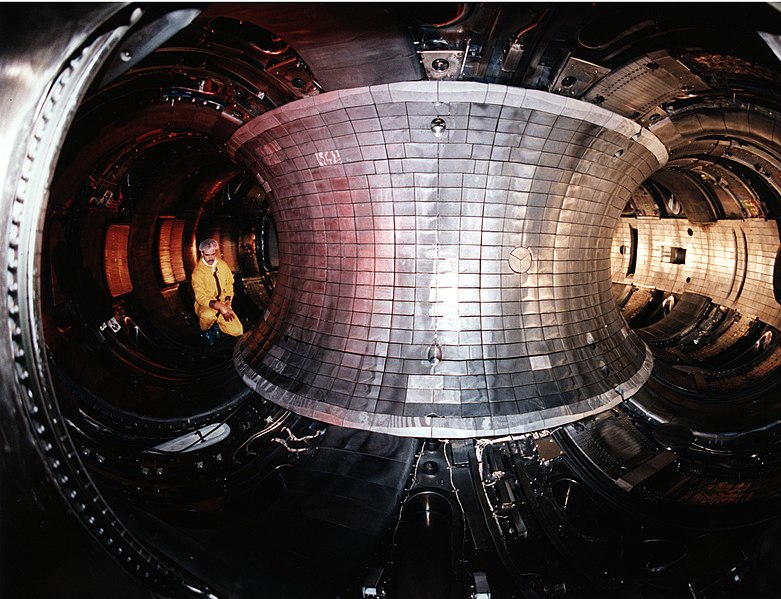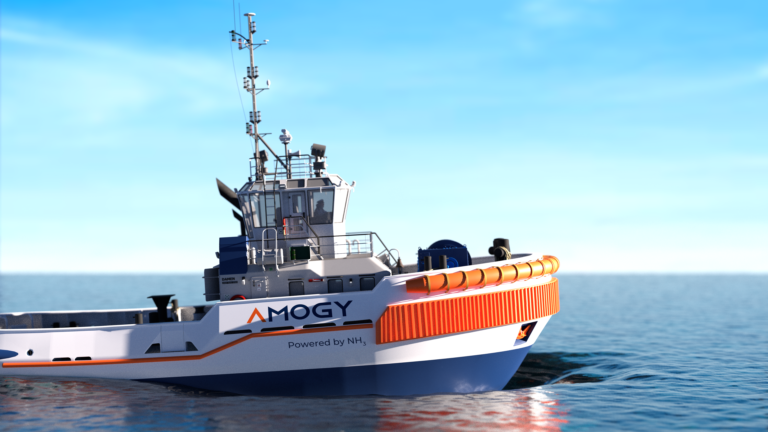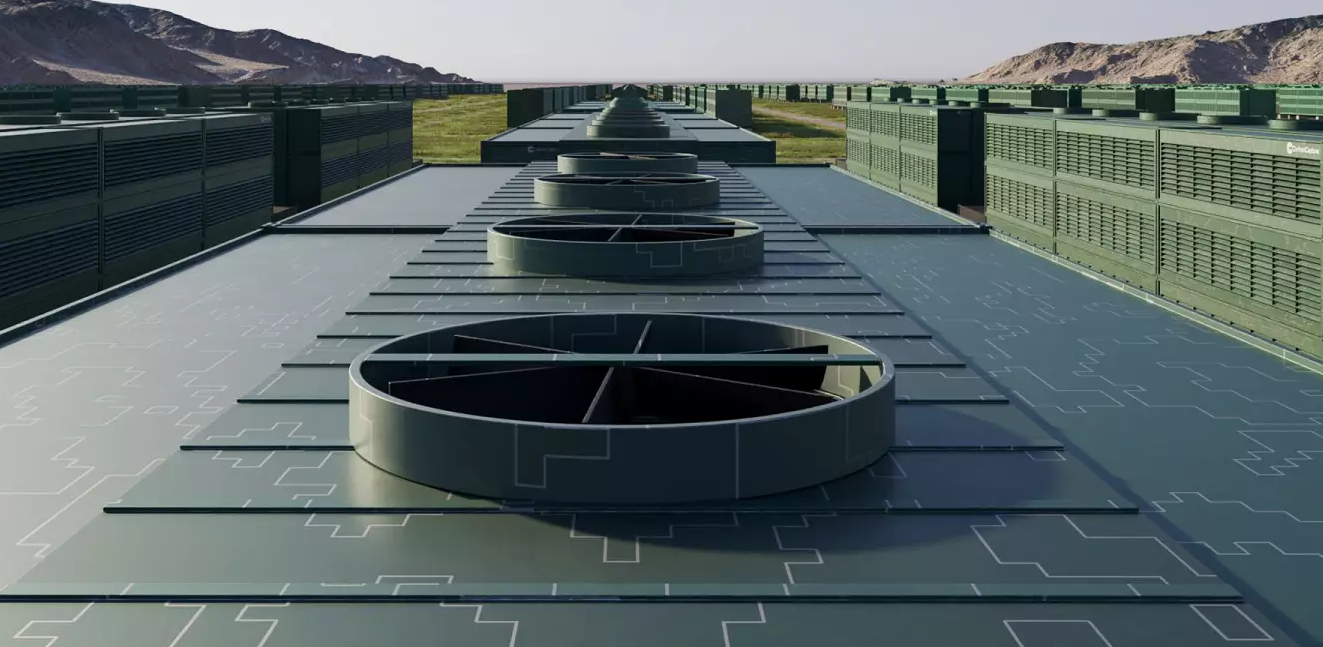Last week, France took delivery of the first part of a massive magnet. The magnet is so strong that it can even lift an aircraft carrier. The 60 feet high and 14 feet broad magnet is a crucial component in the attempt to master nuclear fusion by scientists from 35 nations.
The scientists are working together at the International Thermonuclear Experimental Reactor (ITER) in France to create a fusion reactor. They plan to replicate the process that powers the Sun. The reactor could produce virtually limitless energy without radiation risks or carbon emissions.
Existing fission reactors produce radioactive waste and sometimes catastrophic meltdowns. But the fusion reactor offers a clean and virtually limitless supply of energy.
Rather than splitting atoms, scientists have been working on mimicking a fusion process that takes place in the cores of stars. But achieving fusion requires unimaginable amounts of heat and pressure.
To achieve this, the hydrogen is turned into an electrically charged gas, or plasma, which is then controlled in a donut-shaped vacuum chamber. All that is done with the help of powerful superconducting magnets.
Scientists say ITER is 75% complete so far, they aim to fire up the reactor by early 2026.







